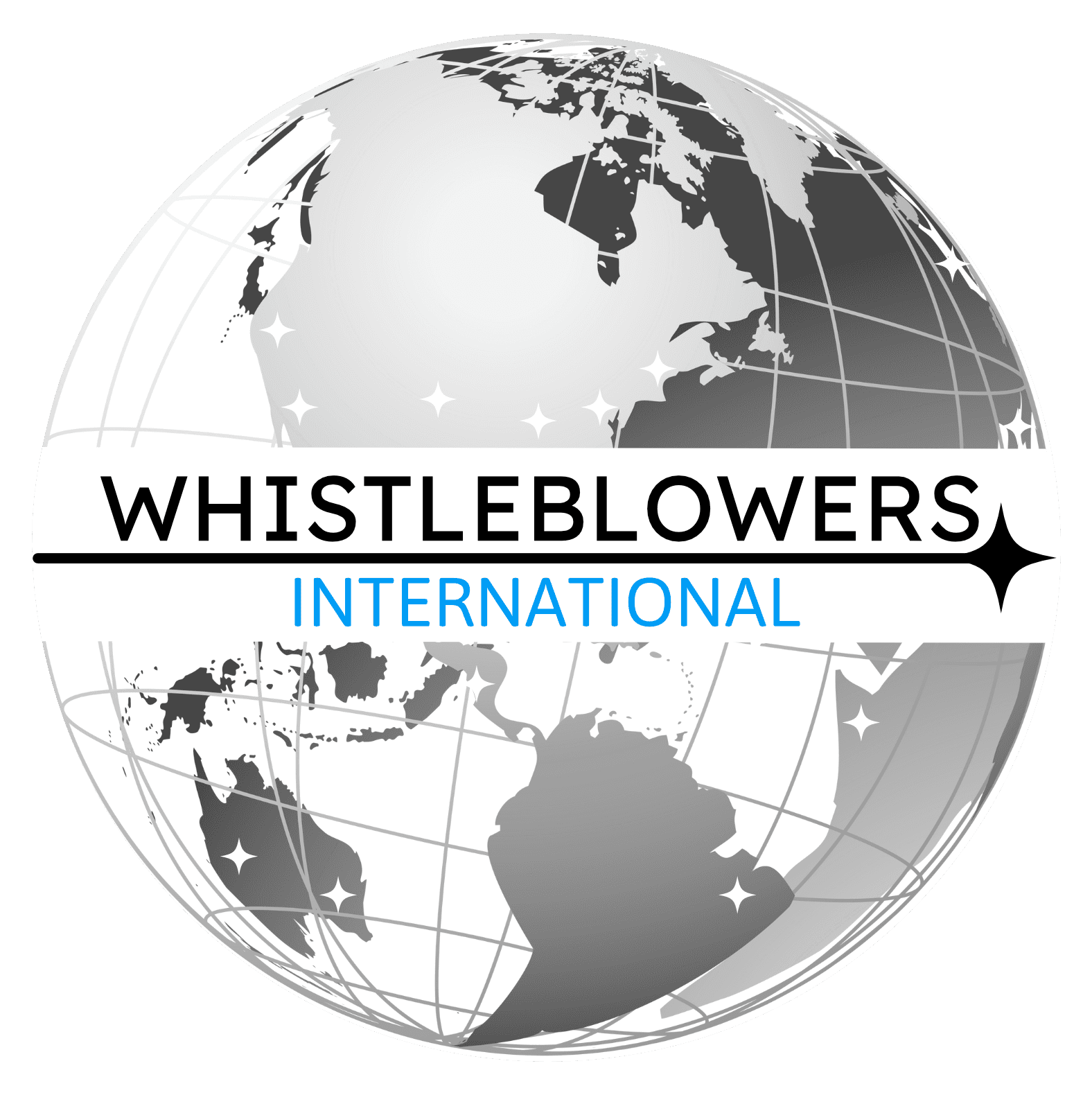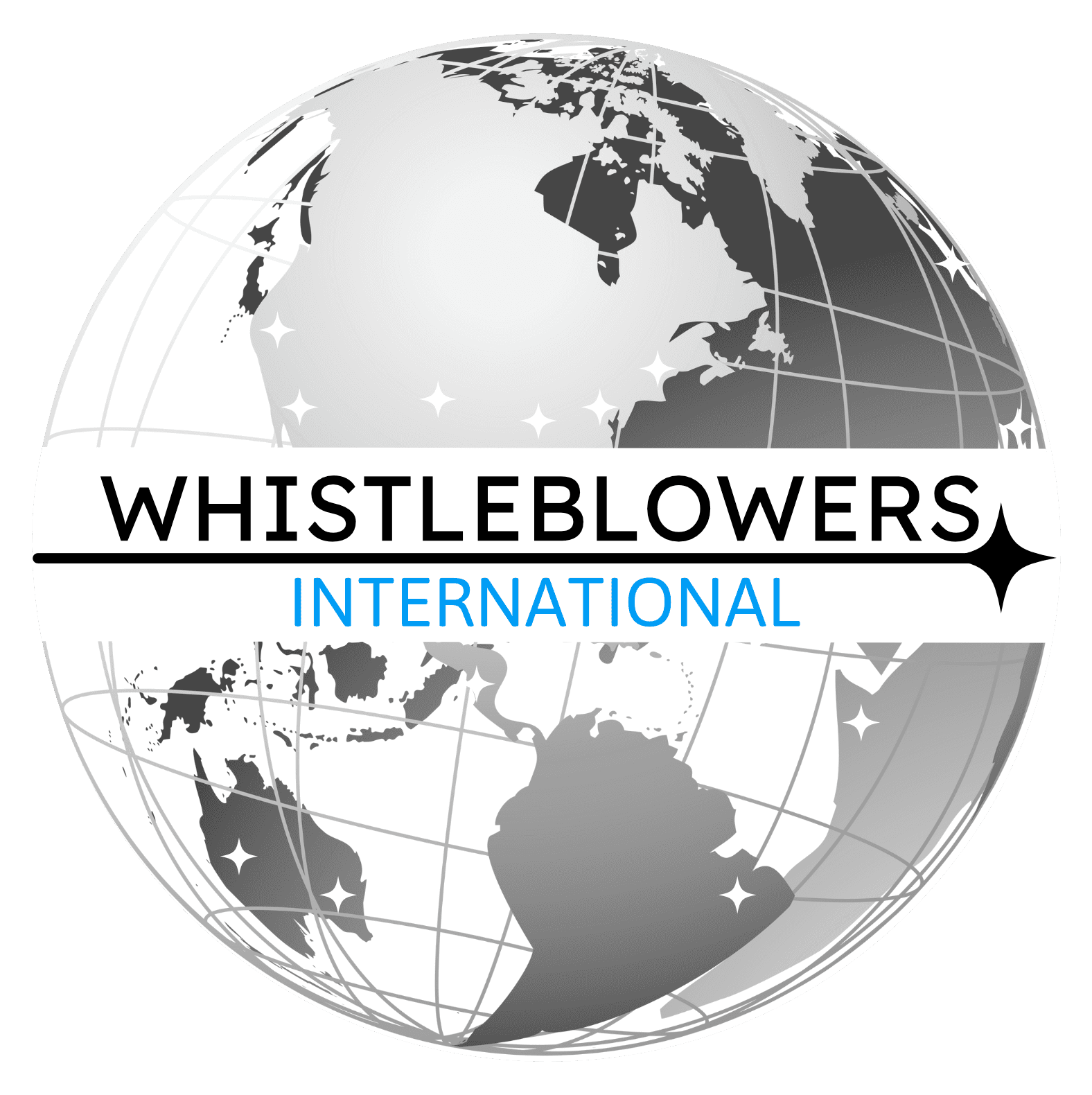The Environmental Protection Agency ("EPA") is tasked with enforcing the Clean Air Act and the Safe Drinking Water Act, among other environmental laws. These laws protect public health and the environment by setting limits on pollution and ensuring that safe drinking water is available. Whistleblowers play a vital role in holding polluters accountable under these laws. This article will provide an overview of what whistleblowers need to know about these two important environmental laws.
The Safe Drinking Water Act
The Safe Drinking Water Act ("SDWA") was originally passed by Congress in 1974 to protect public health by regulating the nation's public drinking water supply. The law was amended in 1986 and 1996 and requires many actions to protect drinking water and its sources. This includes rivers, lakes, reservoirs, springs, and groundwater wells. The SDWA authorizes the EPA to set national health-based standards for drinking water to protect against both naturally occurring and man-made contaminants that may be found in drinking water. There are several threats to drinking water for example:
Improperly disposed of chemicals
Animal wastes
Pesticides
Human threats
Wasted injected underground and
Naturally occurring substances
Originally, SDWA focused primarily on treatment as the means of providing safe drinking water. The 1996 amendments greatly enhanced the existing law by recognizing source water protection, training, funding for water systems improvements, and public information as important components of safe drinking water.
A crucial case that represents the importance of the EPA enforcing the SDWA was when in April 2014, the city of Flint switched its source of drinking water from Lake Huron to the Flint River. The switch resulted in contaminated drinking water, children suffering from lead poisoning, and a public health crisis. The Flint water crisis was one of the country’s worst public health crises in recent history. In November 2021, a federal judge approved a $626 million settlement for Flint residents and others who were exposed to lead-contaminated water in violation of the SDWA.
The Clean Air Act
By contrast, The Clean Air Act ("CAA") is the United States’ primary federal air quality law, intended to reduce and control air pollution nationwide. It was initially enacted in 1963 and has been amended many times since. Just like the SDWA, the CAA is administered by the EPA, in coordination with state, local, and tribal governments. The EPA develops extensive administrative regulations to carry out the law’s mandates. Some of the associated regulatory programs are the National Ambient Air Quality Standards program and the National Emissions Standards for Hazardous Air Pollutants program. Both programs set standards for the emission of particular hazardous pollutants in outdoor air.
The CAA has protected the air we breathe for four decades. By curbing air pollution, it is directly responsible for dramatically reducing dangerous pollutants such as lead, sulfur dioxide, and fine particulates. The Act’s successes have saved many thousands of lives, improved health, and decreased hospitalizations, illnesses such as cancer and asthma. Under the CAA New Source Performance Standards Program, the EPA is required to set industry-wide limits on the amount of air pollution that certain categories of stationary sources may emit. This means each type of facility must meet the same minimum standards. The standards are based on the “best” emissions reduction method. In addition to these important regulatory programs under the Act, there are some other major programs like:
Acid Rain Program
Ozone Layer Protection
Mobile Source Program
Fuel Controls
Greenhouse Gas Regulation
While the EPA and other federal and state agencies can impose fines or seek damages from polluters and others under the laws mentioned in this article, these do not generally provide financial rewards for whistleblowers who blow the whistle and report these violations. Whistleblowers can, however, under certain circumstances, be eligible for financial rewards. Some of these circumstances include the wrongdoer making false representations to avoid paying environmental fines, overcharging the government, or committing contract fraud on environmental cleanup projects.
One of the most well-known CAA environmental corporate scandals and resolutions of this century is The Volkswagen (VW) ‘Diesel gate’ Clean Air Act matter and ultimate settlement. The CAA violation in this notorious case involved the use of “defeat devices” that allowed tested engines to reduce emissions while being tested and ten emit up to 40 times the lawful limit while in use. After an investigation involving both the EPA and California Air Resource Board, the EPA issued a Notice of Violation in 2015, and the U.S. Department of Justice (DOJ) filed a federal complaint against VW. A settlement, in this case, resolved a class-action lawsuit against VW brought by private consumers.
Conclusion
The Clean Air Act and the Safe Drinking Water Act are two important pieces of legislation that have improved the quality of life and water for many Americans. If you know about a company or individual violating environmental law, contact our whistleblower attorneys. Whistleblowers are our first line of defense against polluters and should not have to bear the burden alone. You may also be eligible for a financial reward if your information results in a successful action. The lawyers at Whistleblowers International are committed to fighting for justice and would be happy to evaluate your case, free of charge.

